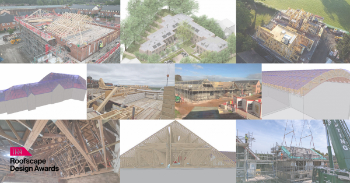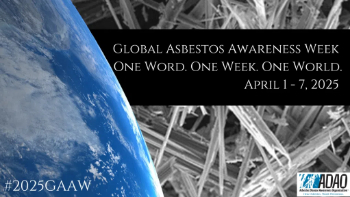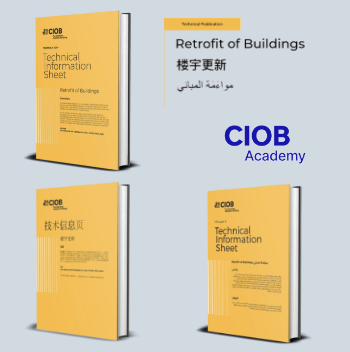Stucco
‘Stucco’ is a term commonly used for Portland cement plaster which can be used as an exterior finish for buildings. It consists of Portland cement-based materials and sand, mixed with water to form a plaster. The advantages of stucco are that it is cost-effective, versatile and durable.
The terms ‘render’ and ‘stucco’ are sometimes used interchangeably, with render being the more commonly used term in the UK, and stucco (of German origin) more commonly used in the USA and in Europe, where it can also refer to plaster used for internal walls. However, very generally, render tends to contain more sand than stucco.
Stucco is porous and adheres well to concrete and masonry surfaces. However, application can be problematic if there is contamination present on the substrate surface, which is generally not a problem for new walls but can be with older walls that have paint, sealer or some other coating on the surface. If uniform bonding is not achieved in the application of stucco, stresses can lead to delamination and cracking.
The substrate can be washed to remove contamination or techniques such as sandblasting or acid etching may be required. Alternatively, a dash-bond coat or a bonding agent can be used to allow for the direct application of stucco. If this still does not make the surface ready, paper-backed lath can be used to mechanically anchor and support the weight of the stucco.
Before beginning the application of stucco, the surface should be pre-wetted with water which reduces its water demand by preventing water from the stucco being drawn into dry pores, and the potential of premature dry-out. Generally, stucco is applied directly to solid surfaces in two coats, starting from the bottom and working towards the top.
Stucco can be used for a wide range of architectural aesthetics, with colour additives and various textures. By applying texture through the selection of aggregate size and controlling the finish mix consistency, highlights, depth, segmentation and patterns can be provided to the surface of the stucco.
Portland cement-based paints can be used on stucco effectively. Paint is scrubbed into the surface and fully cured. An alternative is a coloured stucco finish which can be made with white cement and pigments.
[edit] Related articles on Designing Buildings Wiki
- Blockwork.
- Brick.
- Brick veneer.
- Cement
- Concrete.
- Defects in brickwork.
- Dry lining.
- Grout.
- Harl.
- Lath and plaster.
- Lime mortar.
- Making Magnificence: architects, stuccatori and the eighteenth-century interior.
- Masonry.
- Mastic sealant.
- Mortar.
- Parge coat.
- Pebbledash.
- Plaster.
- Rendering.
- Rustication.
- Sanitaryware.
- Screed.
[edit] External resources
Featured articles and news
British architecture 1919–39. Book review.
Conservation of listed prefabs in Moseley.
Energy industry calls for urgent reform.
Heritage staff wellbeing at work survey.
A five minute introduction.
50th Golden anniversary ECA Edmundson apprentice award
Showcasing the very best electrotechnical and engineering services for half a century.
Welsh government consults on HRBs and reg changes
Seeking feedback on a new regulatory regime and a broad range of issues.
CIOB Client Guide (2nd edition) March 2025
Free download covering statutory dutyholder roles under the Building Safety Act and much more.
AI and automation in 3D modelling and spatial design
Can almost half of design development tasks be automated?
Minister quizzed, as responsibility transfers to MHCLG and BSR publishes new building control guidance.
UK environmental regulations reform 2025
Amid wider new approaches to ensure regulators and regulation support growth.
The maintenance challenge of tenements.
BSRIA Statutory Compliance Inspection Checklist
BG80/2025 now significantly updated to include requirements related to important changes in legislation.
Shortlist for the 2025 Roofscape Design Awards
Talent and innovation showcase announcement from the trussed rafter industry.
OpenUSD possibilities: Look before you leap
Being ready for the OpenUSD solutions set to transform architecture and design.
Global Asbestos Awareness Week 2025
Highlighting the continuing threat to trades persons.
Retrofit of Buildings, a CIOB Technical Publication
Now available in Arabic and Chinese as well as English.























